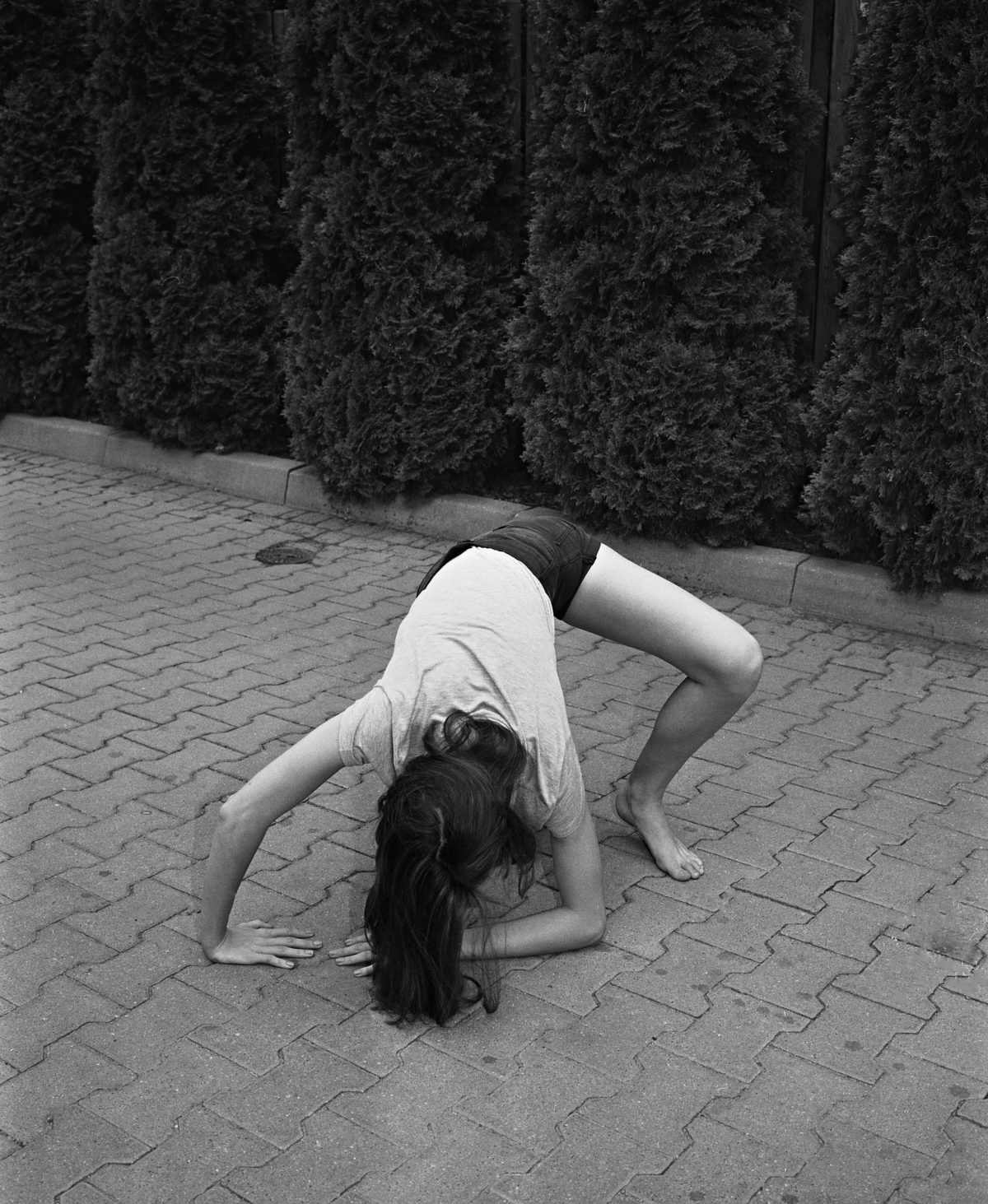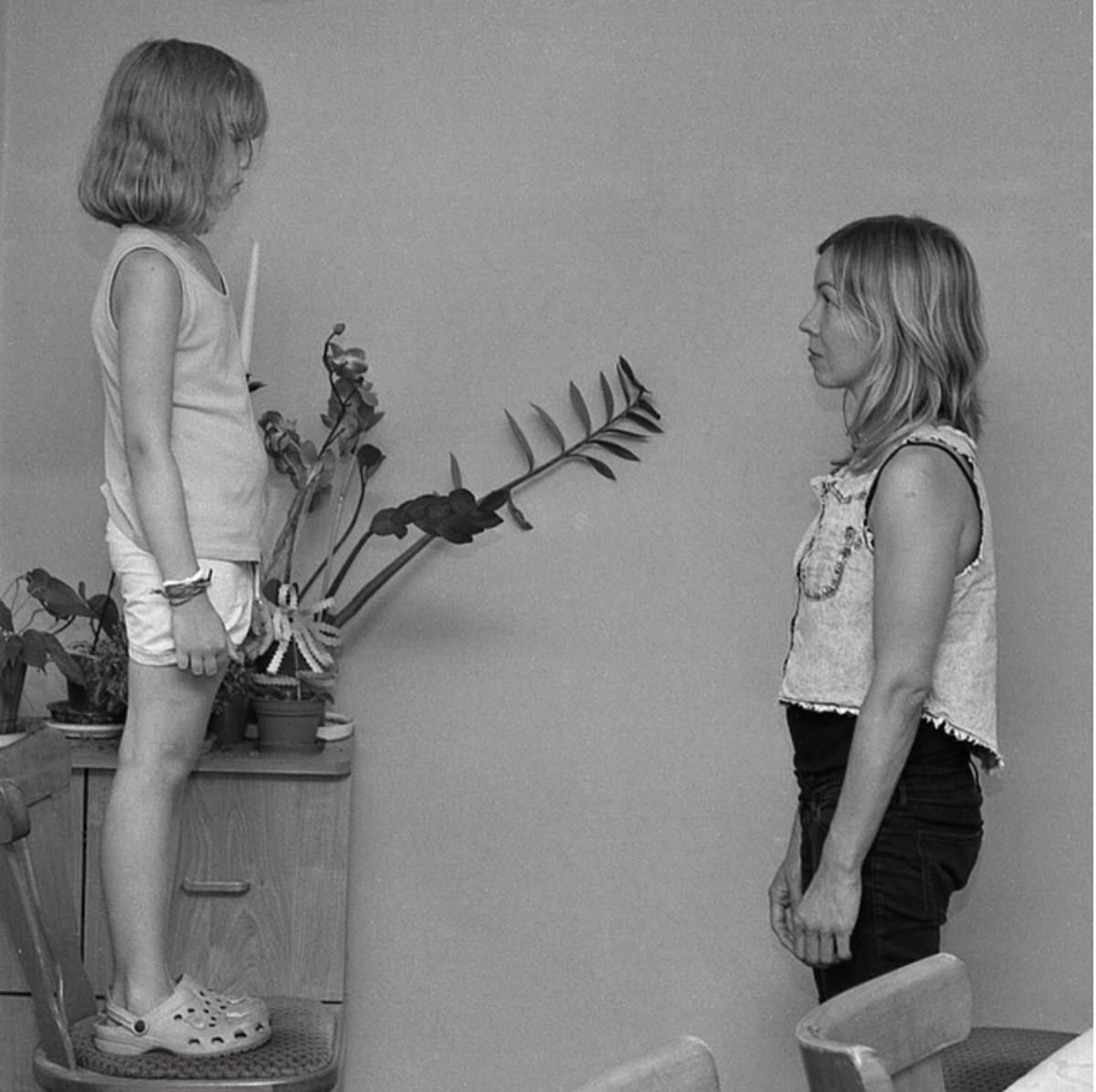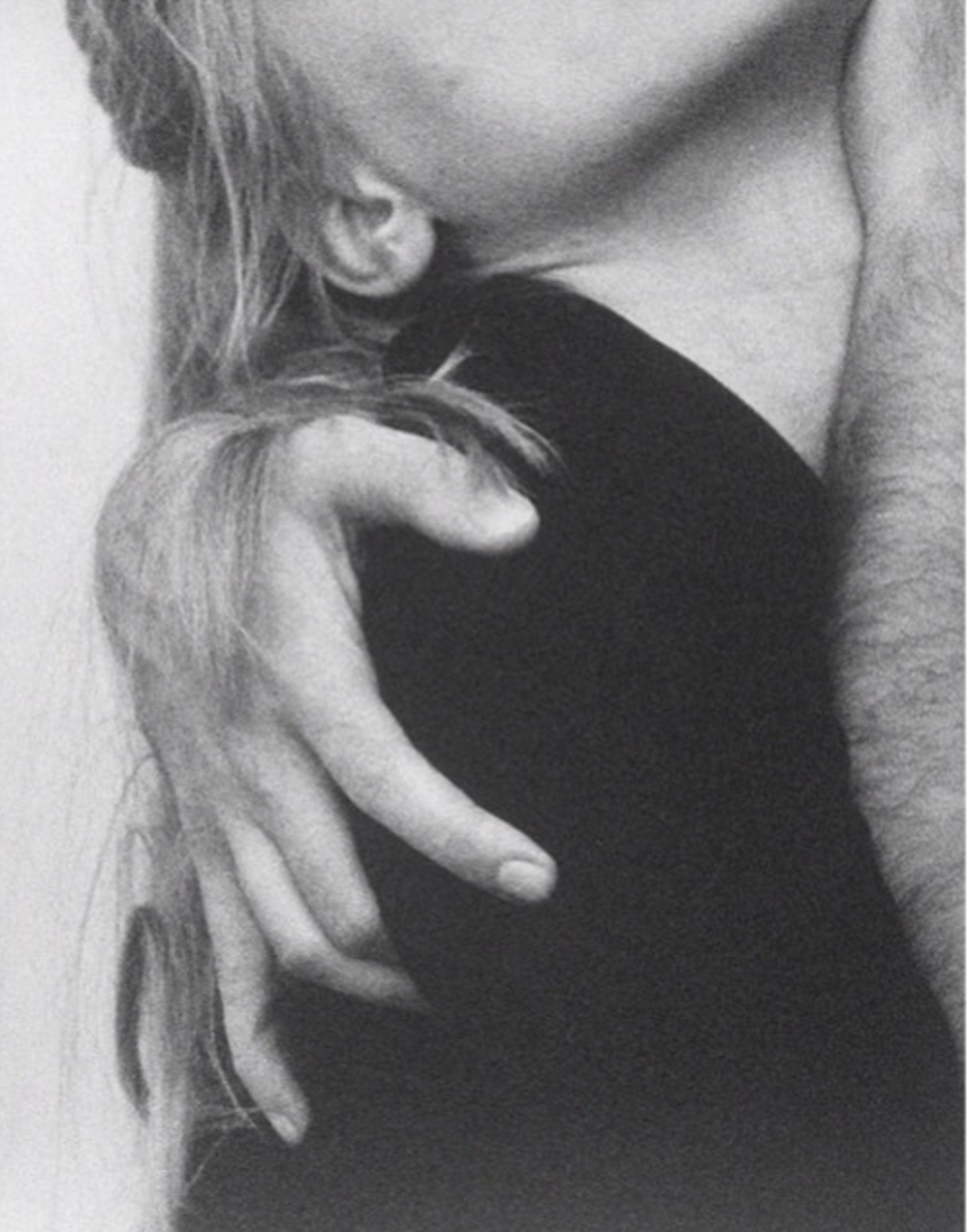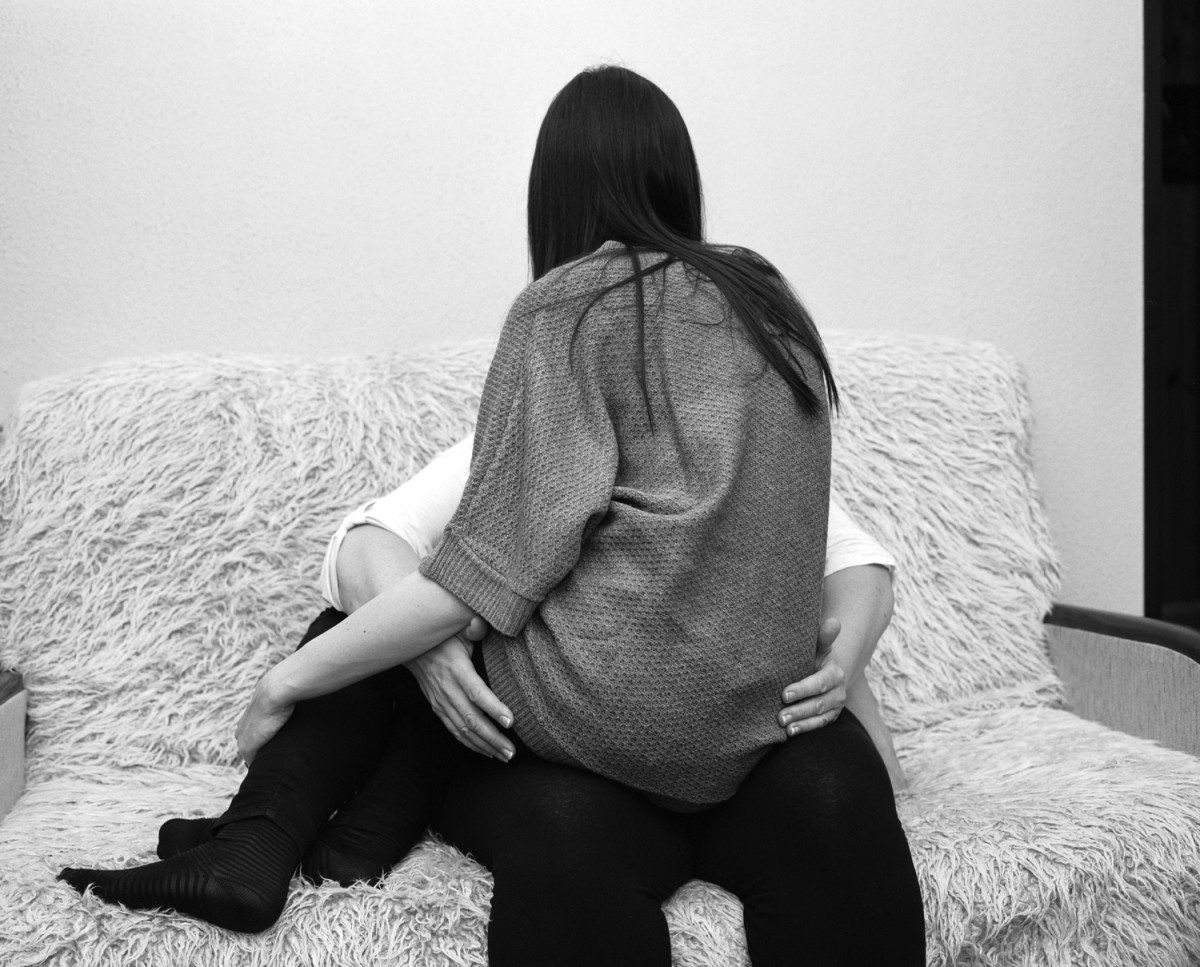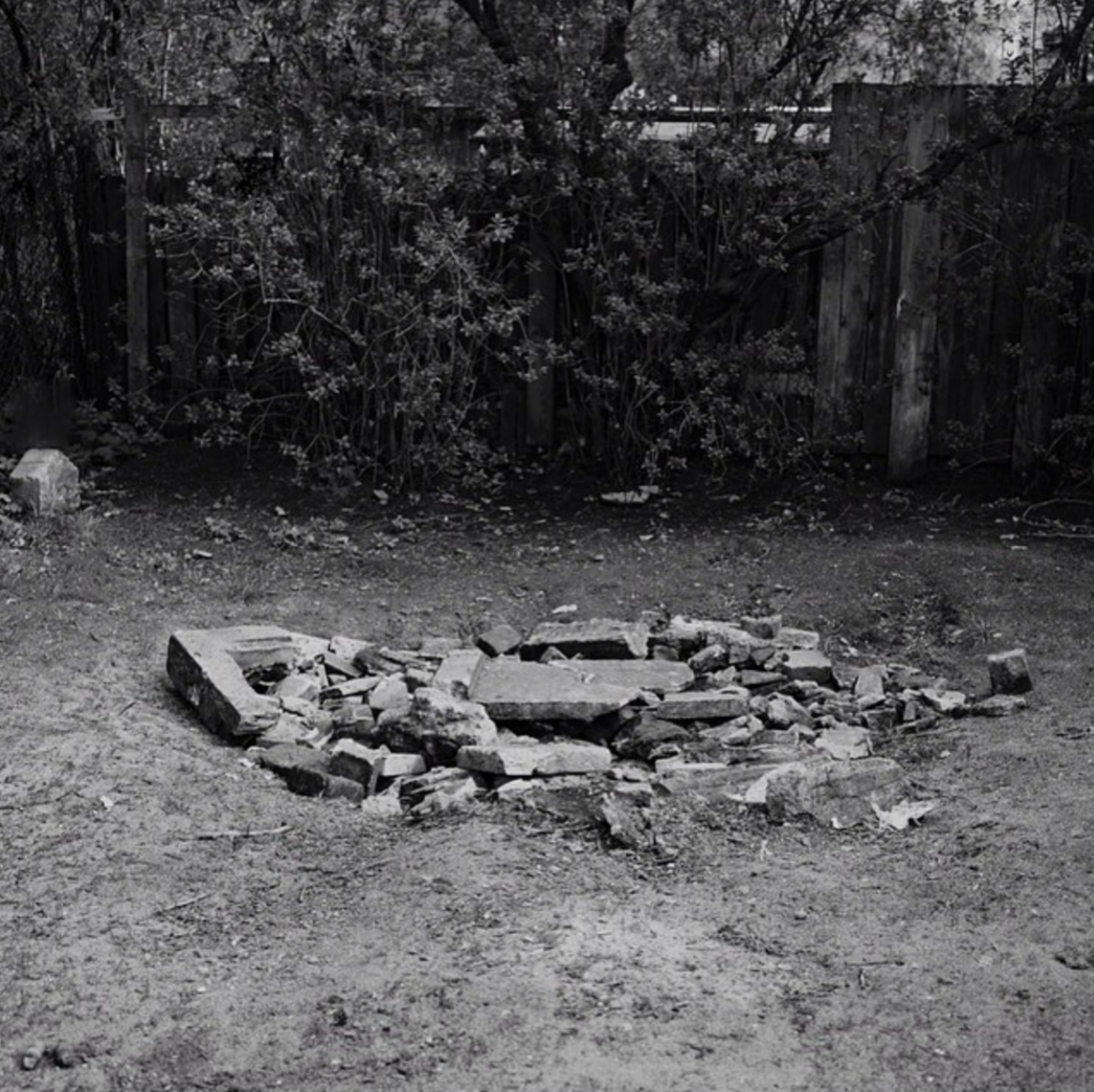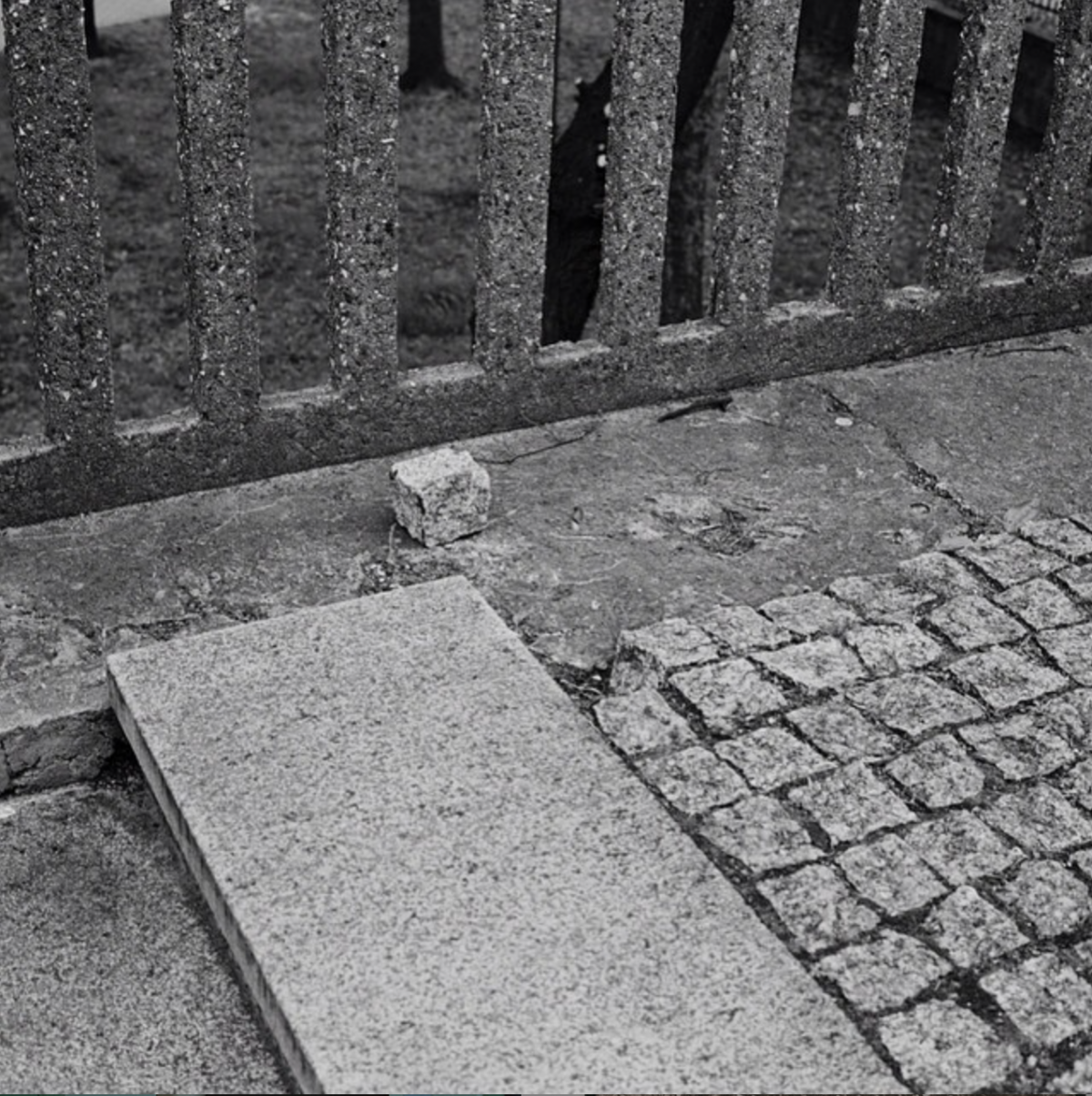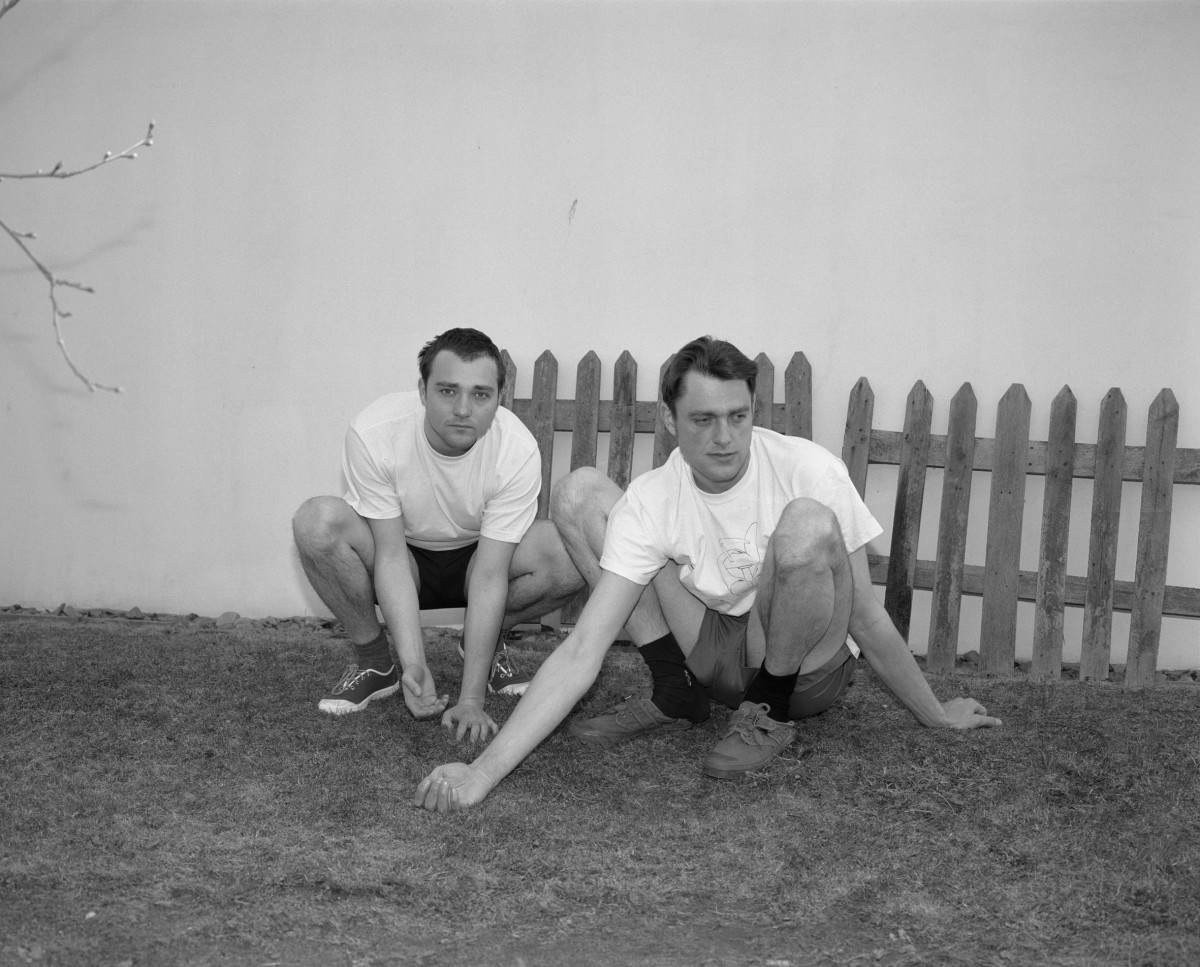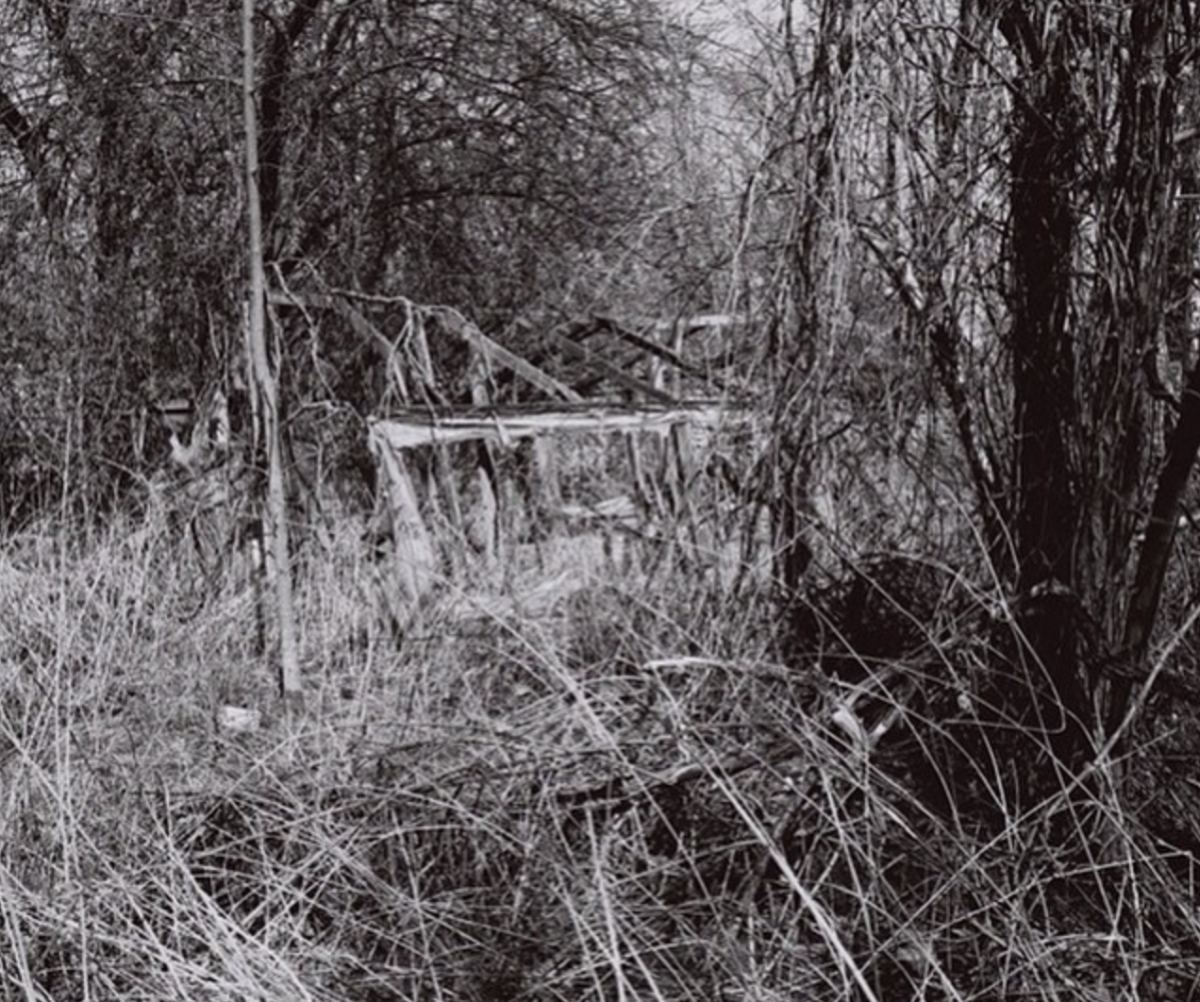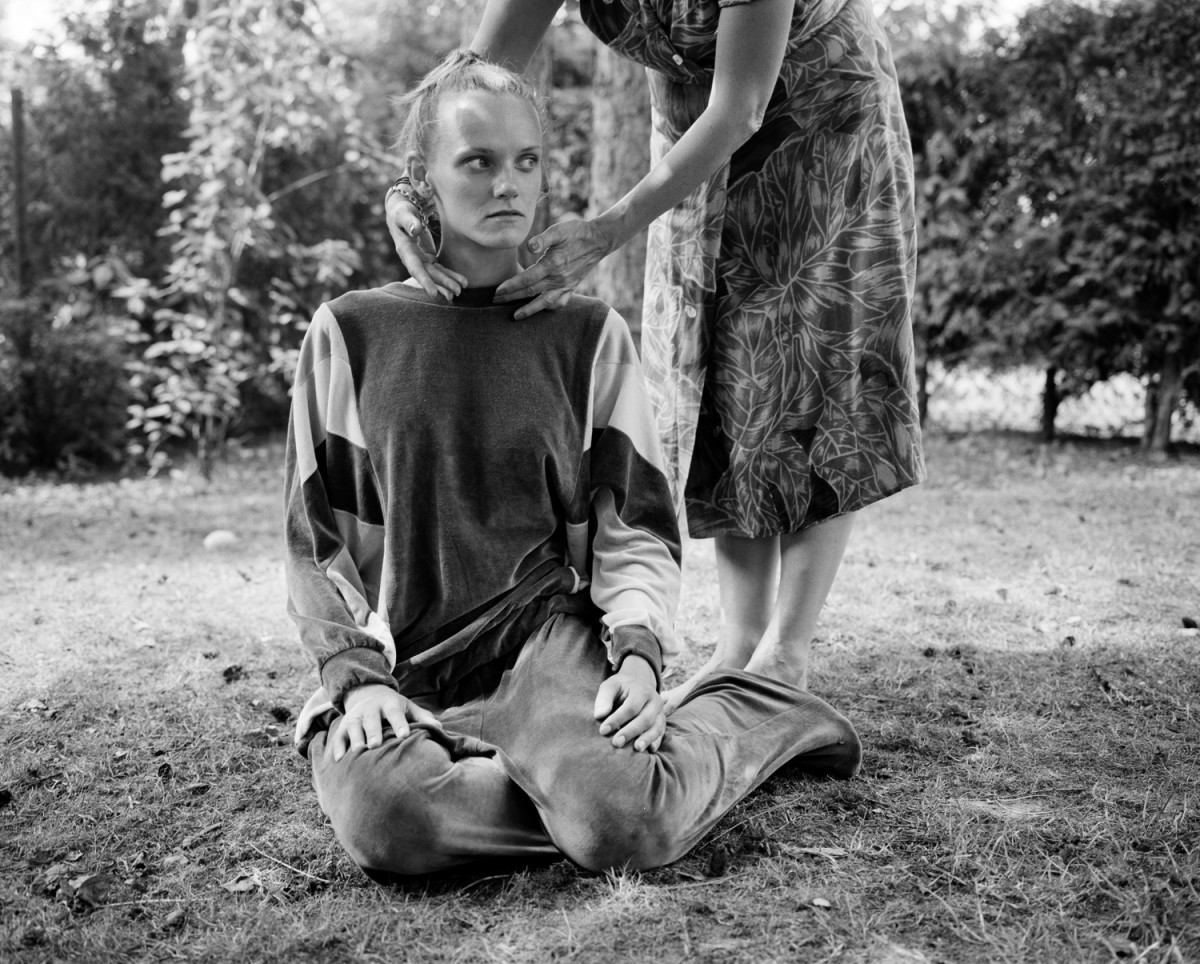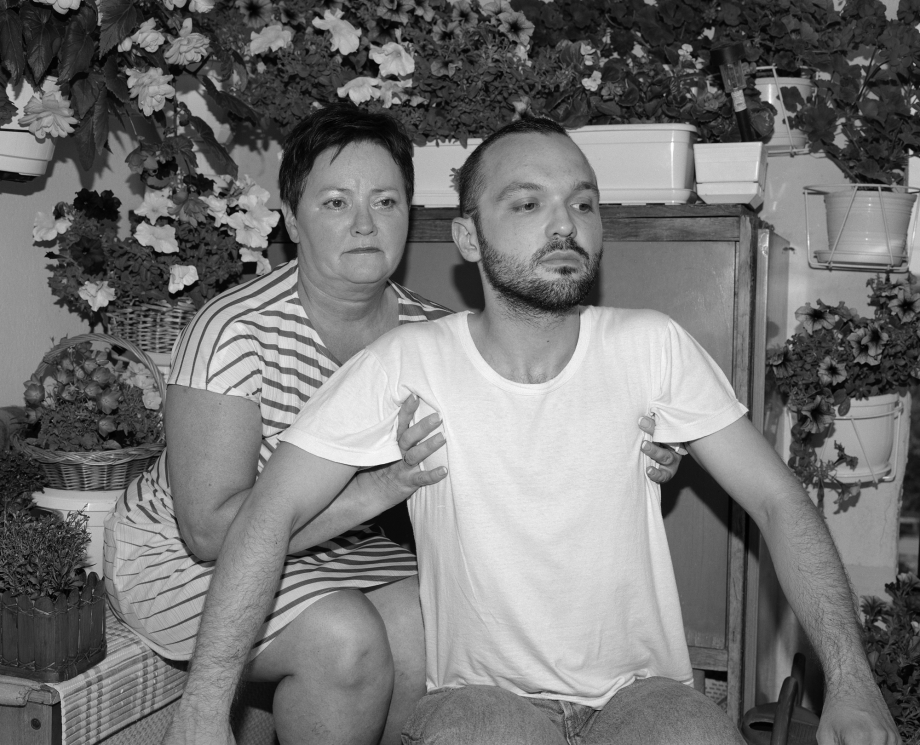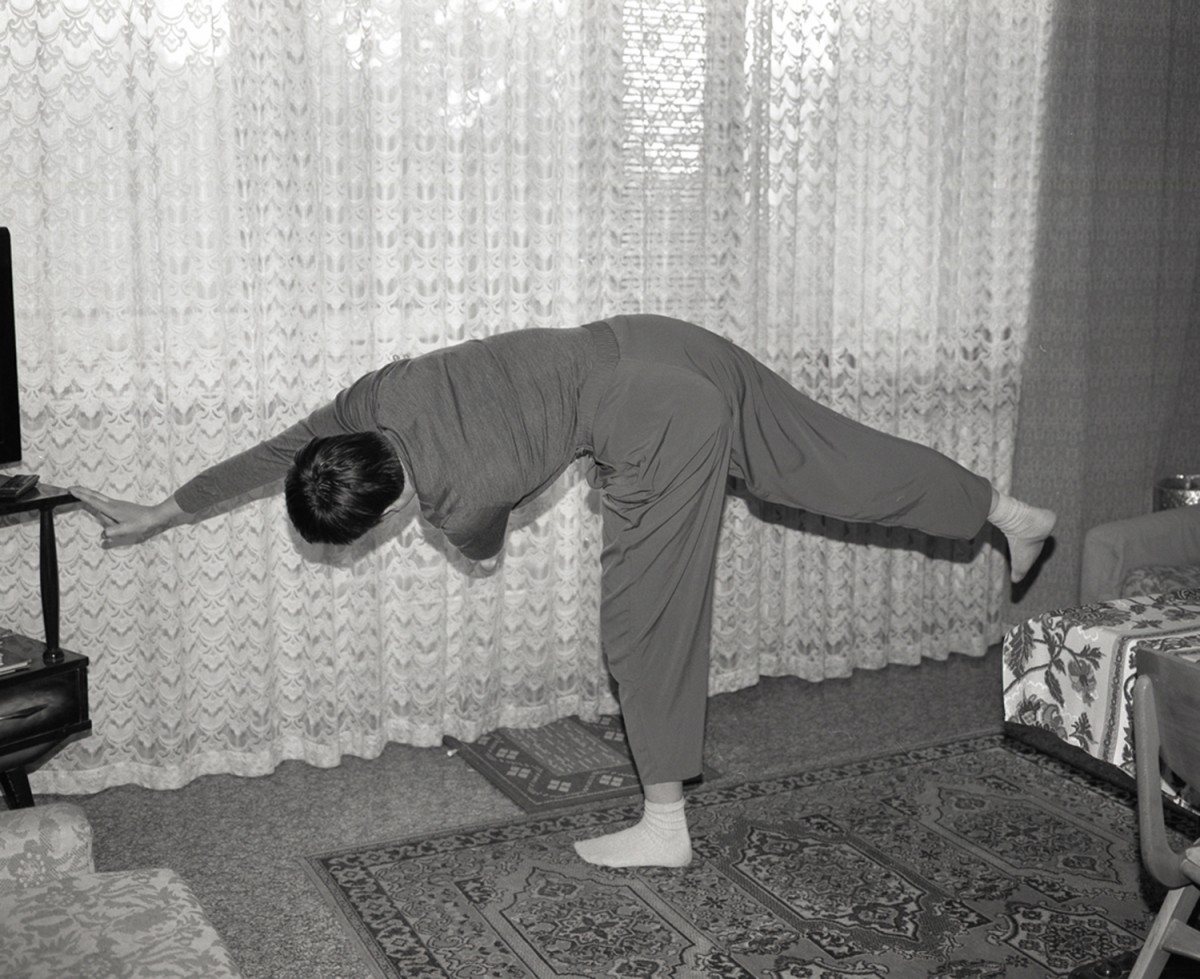A resource exploring posture and pose in photography inspired by the work of Joanna Piotrowska.
Part of Jerwood/Photoworks Awards 1
Introduction
Joanna Piotrowska’s carefully constructed images take body, pose and gesture out of context. She uses existing images of figures from sources such as family albums and self-defence manuals to inspire images that question social codes and conventions of behaviour in physical and social interactions between individuals.
Her work explores how the public sphere affects the private self, and how socio-political histories affect the formation of an individual’s identity.
“I have been working on different projects for several years with a very strong drive to construct images… The girls, who mostly appear on the images alone, are seen in position, which points to something that is beyond the crop. The body is strongly engaged in some sort of interaction which we cannot fully understand, yet the discomfort of the position suggests this interaction is overpowering the subject.“
Joanna Piotrowska
Piotrowska’s series of portraits presents girls recreating poses from self-defence manuals. The photographs present the body as a sculptural, self-contained form that is physically entangled with something invisible to the viewer. The subject remains anonymous or looks away from the camera but possesses a sense of control and courage. Set within a domestic environment, the body stands in opposition to its context and the passive gender stereotype associated with the subject.
Walk through the Jerwood/Photoworks Award 1 exhibition to see Joanna’s work exhibited.
I. Investigate the Image
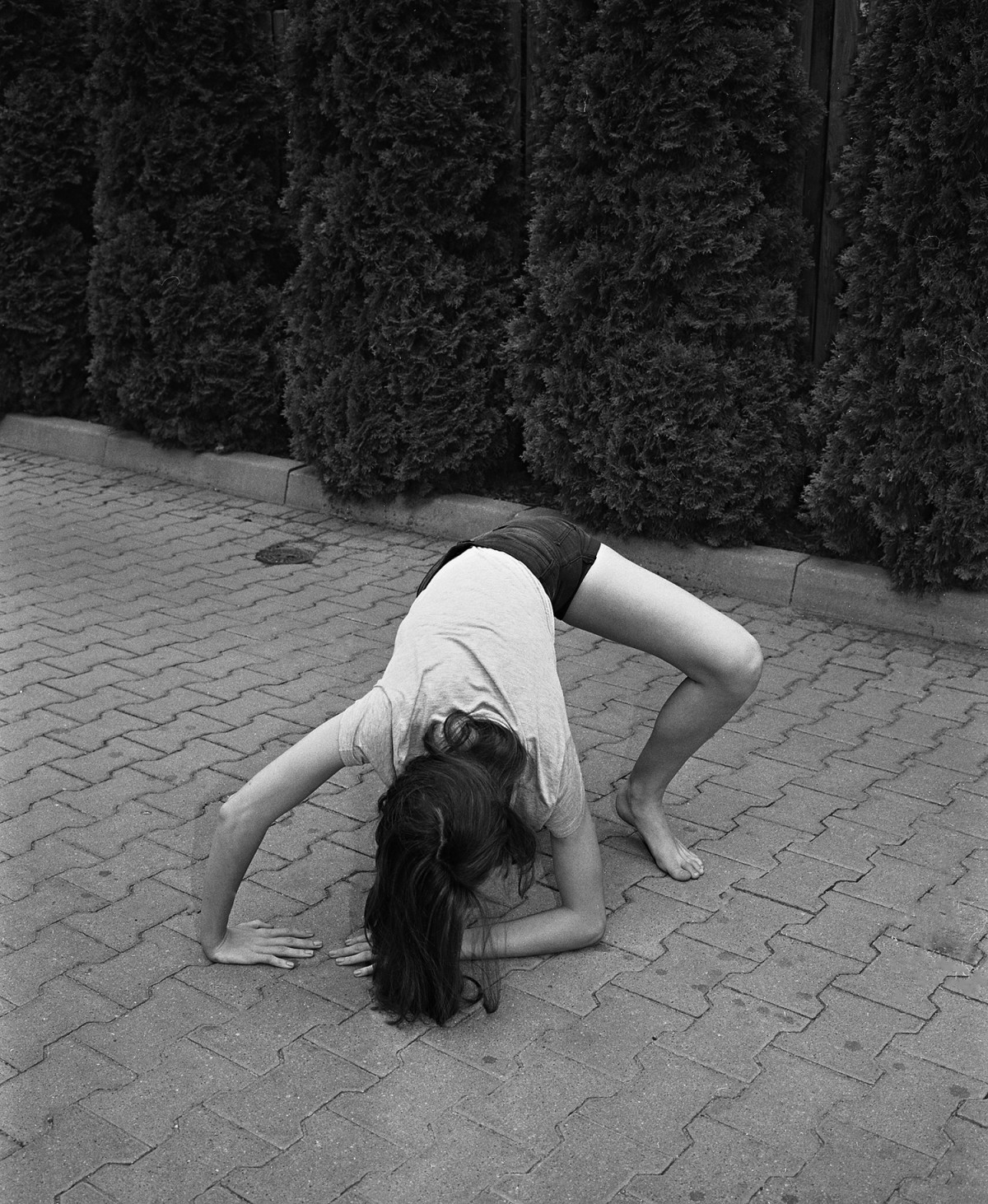
Ask each student to write down three words in response to the photographs before you discuss the work. Work together, but in silence to group all these different words, then open up a discussion to identify any common or unusual interpretations.
Discuss how the body language we use in public and private differs.
Ask students whether they think gender influences the postures and gestures we employ?
Pick one of Joanna’s photographs to investigate further:
- What can you see in the photograph?
- Where is the image taken?
- What might have taken place before the photograph was taken?
- Why has she chosen to photograph it?
Ask students to choose a photograph and create their own accompanying narrative.
Ask students to choose one photograph and make a study of it in their sketchbooks. Make accompanying notes in response to some of these questions:
- What is happening in this photograph?
- Where is the image taken?
- Does the image remind you of anything?
- How does it make you feel?
- Could this photograph be interpreted differently by different people? How?
- What is included in the photograph? What is missing?
- Who is in the image?
What does it tell us about them? - How is the image displayed?
Does it influence what you think of the photographs?
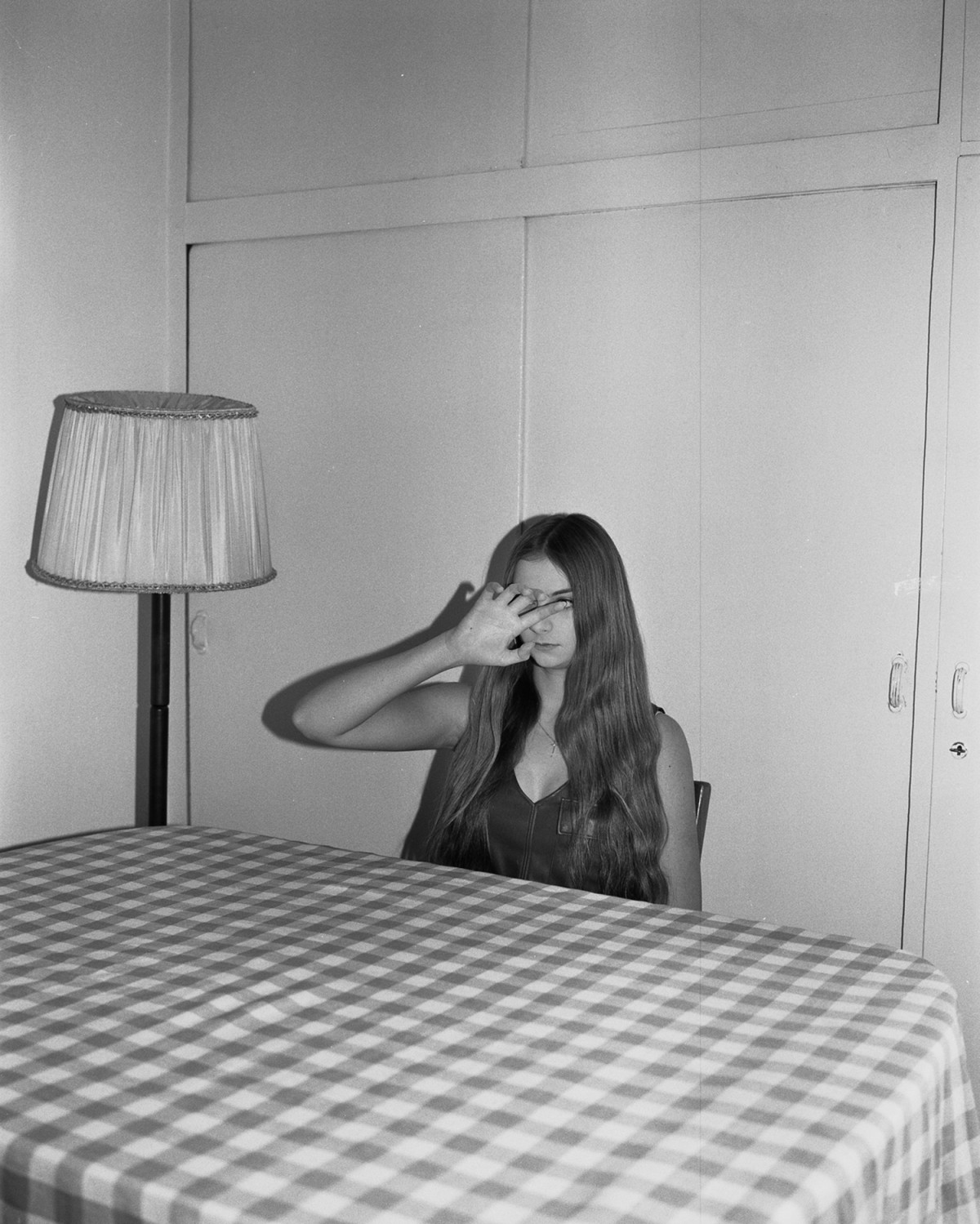
II. Not Just Faces

Consider the images that don’t reveal the subject’s face. Thinking of them as portraits, what do these images tell us?
Think about someone you know and write a list of things that you could photograph that would reveal something about them.
Review and discuss the images.
III. Body Consequences
Ask students to draw some of the gestures in the photographs.
Cut up the drawings to generate a set of body fragments.
Shuffle the fragments and give them out asking students to work in groups to construct and photograph a new set of body gestures made up of the allocated elements.
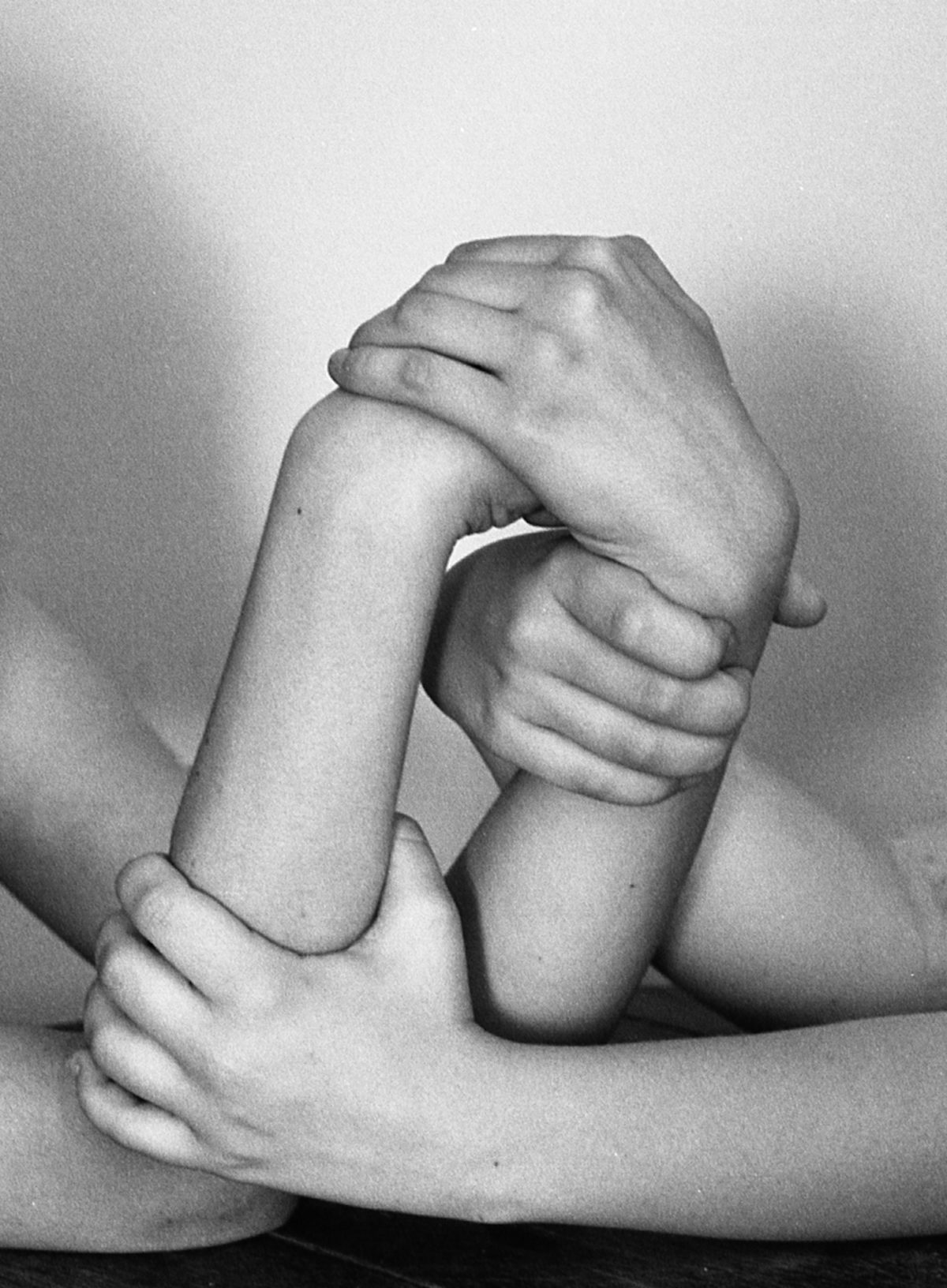
IV. Freeze!
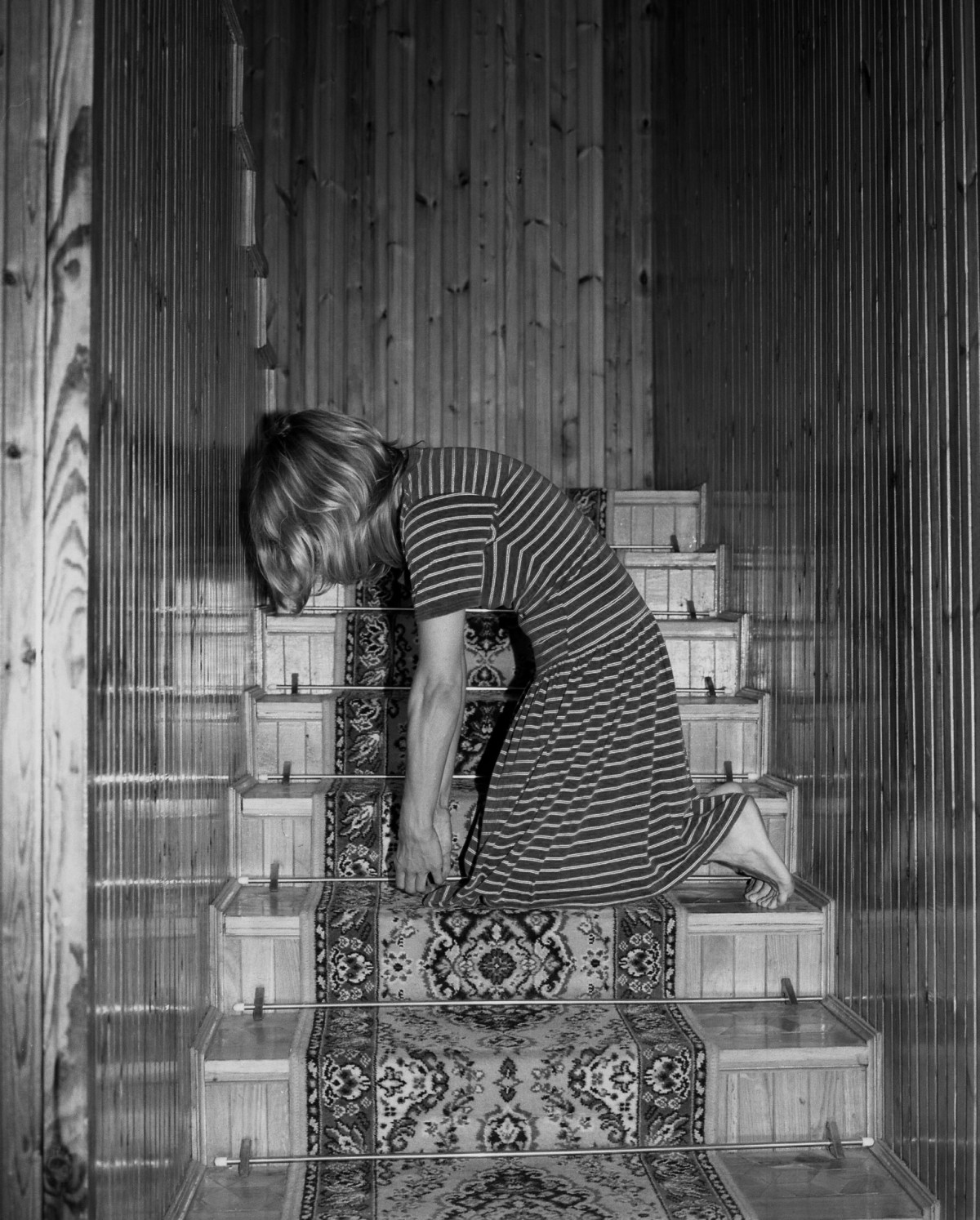
Split the group into 2-3 teams.
Give one team a camera each and support them in facilitating a game.
Students move around the space in response to an emotion chosen by the facilitating team until someone shouts “Freeze” – at which point they photograph the poses in mid-movement.
Print them out and create a collage of gestures to discuss.
V. Construct an Image out of Context
Using a variety of source material, study pose, posture and gesture in photography. Look at personal portraits, family photos, magazines and social media platforms such as Instagram.
As a group, discuss and identify gestures and postures that are commonly used and some that are more unusual. Does gender, age, or situation seem to influence the use of certain poses or gestures?
Discuss their potential meaning both in and outside of their original context. What would happen if those poses and gestures were used by someone else or somewhere else?
In pairs, select a model and a photographer. Together ‘stage’ an image that imitates some of these poses and gestures – one models, whilst the other takes the photograph. Try situating the model in different contexts and discuss how it might change the meaning of the image.
How does it affect the image if the subject is looking at or away from the camera?
Experiment with having more than one person in the image. What happens when it includes a physical interaction?
Use digital or paper-based photo collage techniques to create poses and gestures in and out of different contexts.


About the Contributor
Lindsey Smith is a Photographic Artist and Freelance Artist Facilitator. Over the last 25 years she has worked in collaboration with a range of organisations to design, deliver and evaluate learning and engagement initiatives.
She has extensive experience of devising and facilitating public workshops and creative projects. Employing a broad range of materials and processes within a photography and lens-based practice enables me to engage with a diverse range of audiences and participants.
